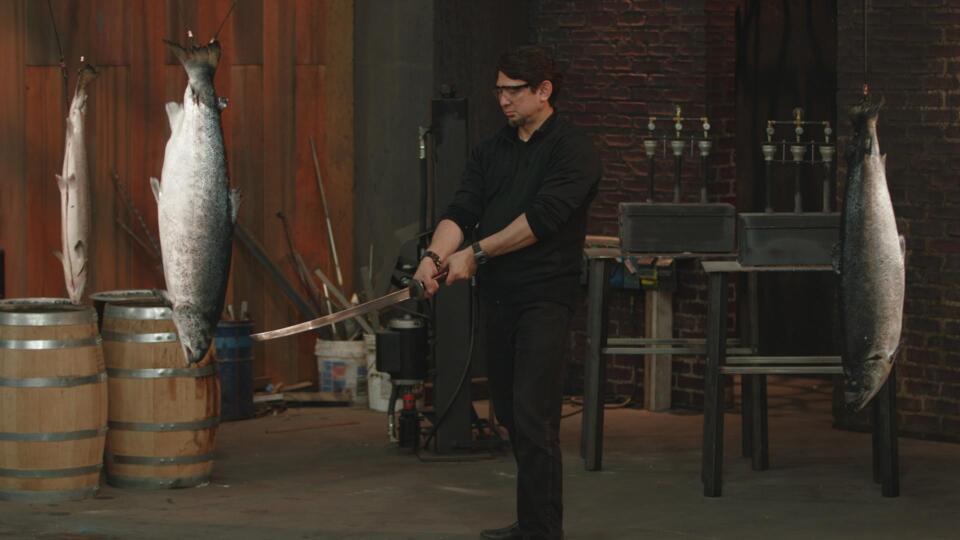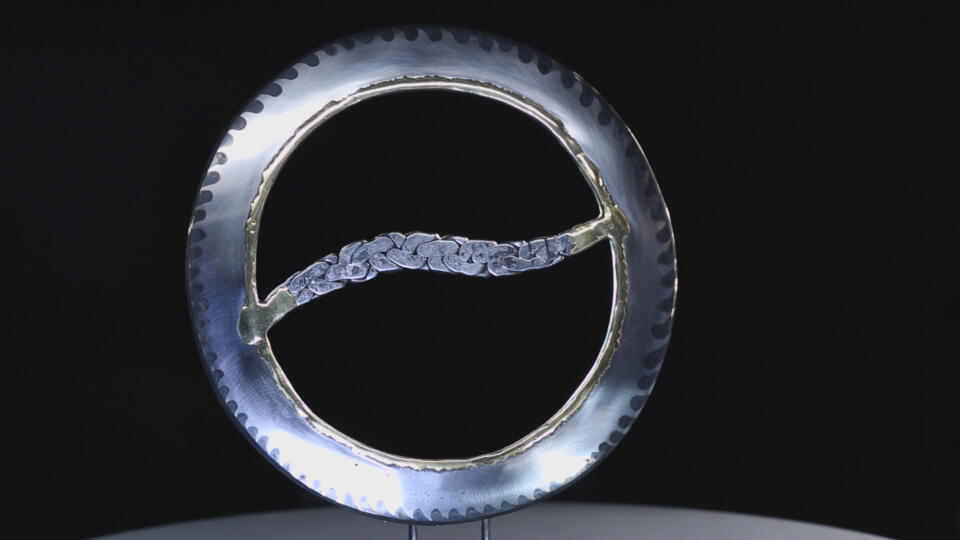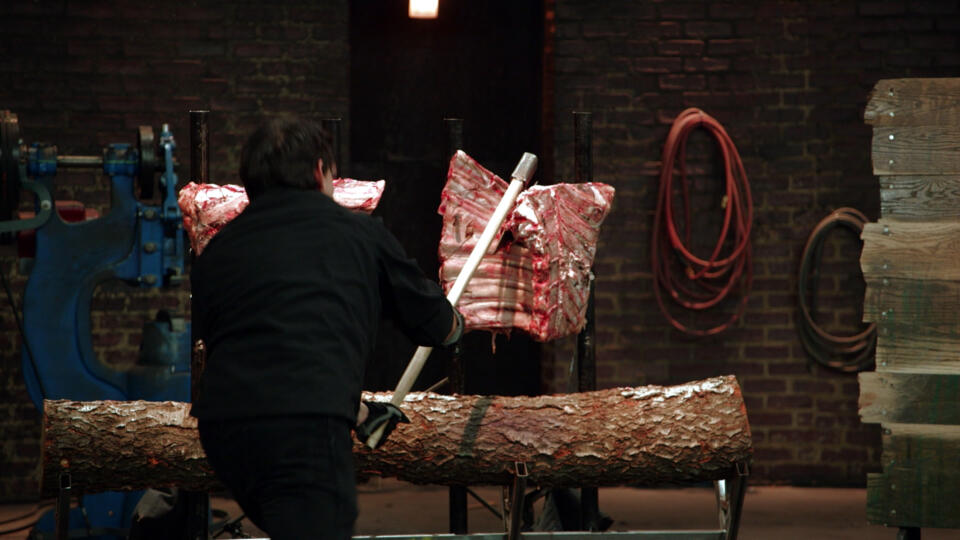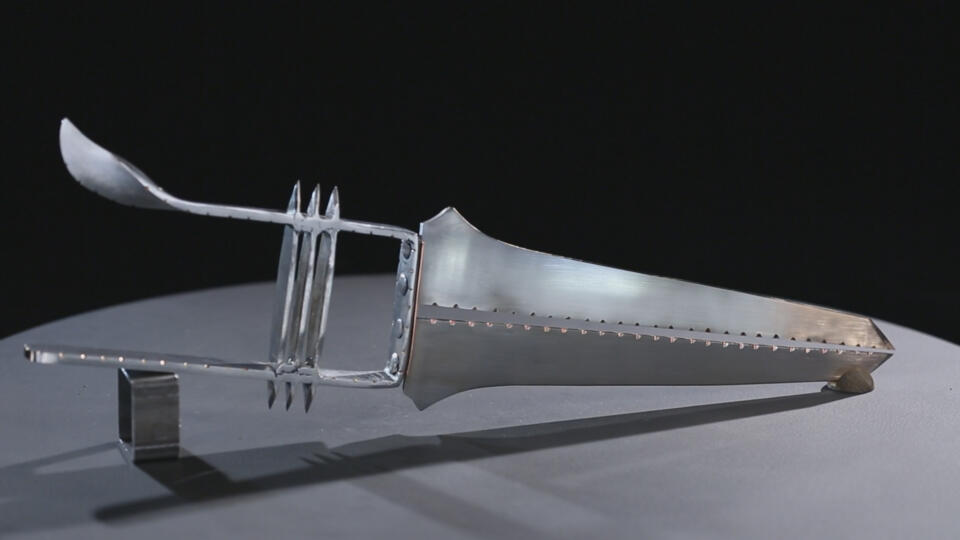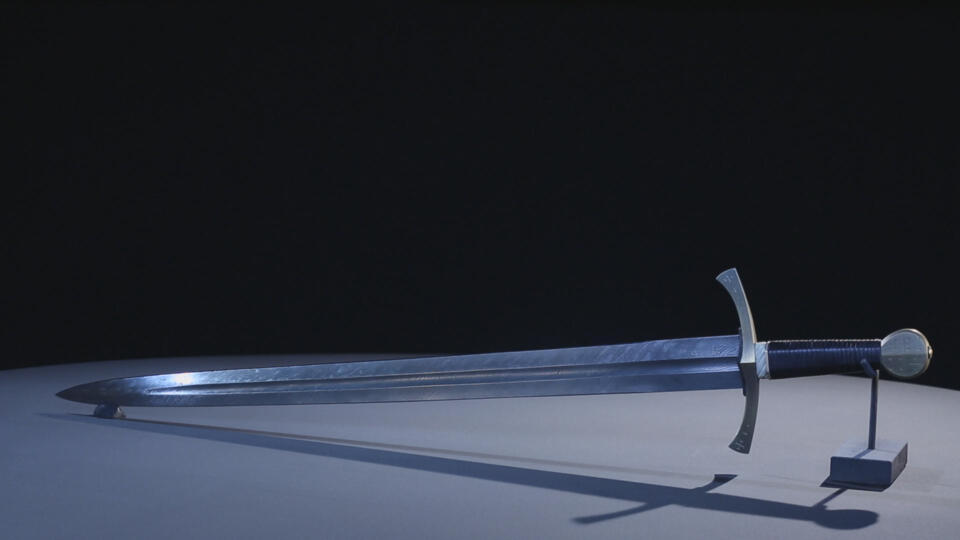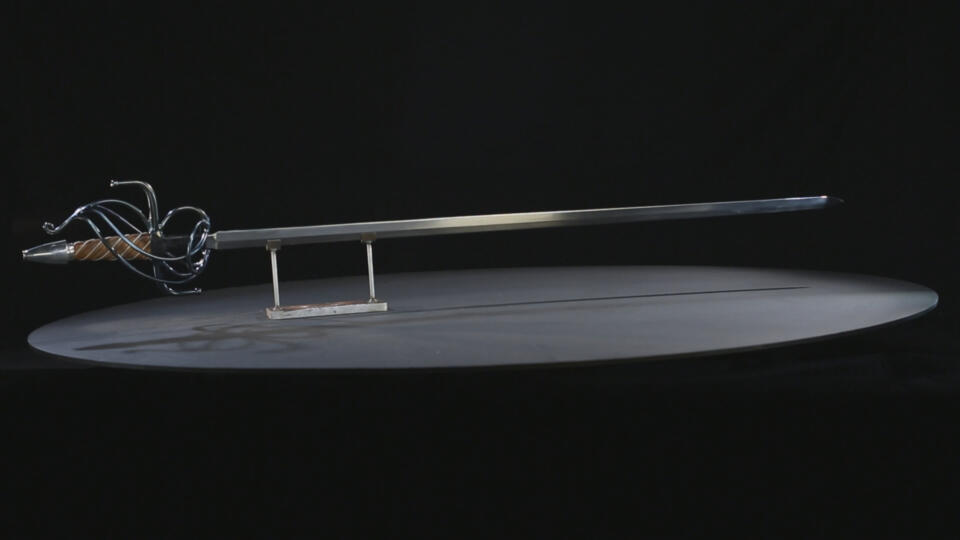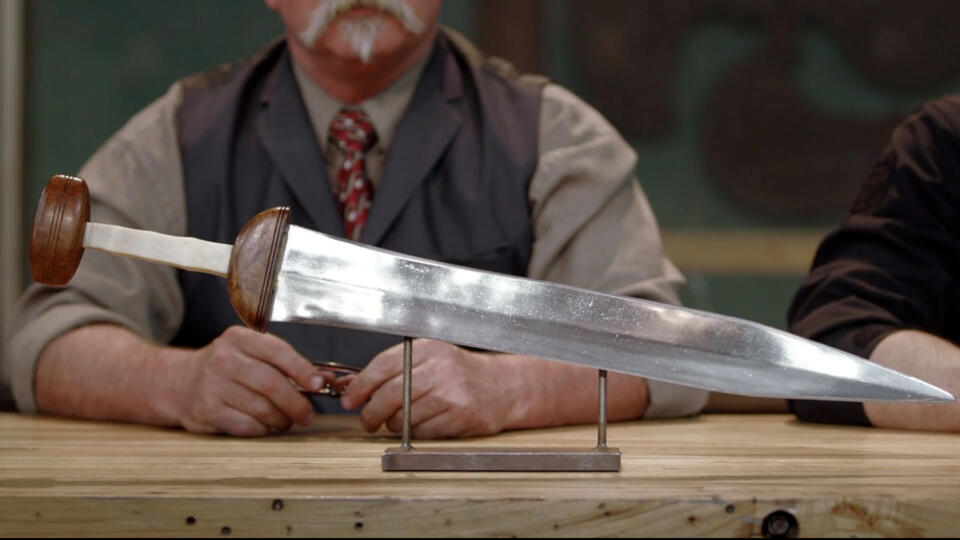A Closer Look at the Blades From Forged in Fire: Season 1
by: Martin Stezano
Season 1, Episode 1: Japanese Katana
Because of its deadly reputation and its use in film and television, the Japanese Katana, with its iconic curved and chisel-shaped blade, is one of the most famous swords in history. It’s known as much for its cutting ability as it is for its arduous craftsmanship. Forging a traditional katana can require weeks or even months of work by several bladesmiths.
The blade first appeared late in the 13th century—as a weaponized response to the Mongol Invasion of Japan. Japanese warriors needed a resilient, flexible blade that was sharp enough to cut through the Mongol army’s thick leather armor. Molded from specialized Japanese steel called Tamahagane, it was often worn on a belt, with the curve facing upward. This position allowed a warrior to remove the blade from its sheath and cut into their enemies in one lethal motion.
Season 1, Episode 2: Chakram
Little is known about the true origins of this throwing weapon. It was first described in ancient Hindu texts believed to have been published between the 9th and 5th century B.C., as the favorite weapon of the god Vishnu. From the 16th to the 19th centuries, it was the favored weapon of the Sikh military. Sikh warriors fastened the disk-shaped blades around their arms and even tied them atop their turbans. The blades varied from 5-10 inches in diameter and had a throwing range of 40 to 50 meters. A warrior could throw his chakram like a discus, or by spinning the dull inner part around their fingers before releasing it towards an enemy.
Season 1, Episode 3: Viking Battle Axe
Viking law required all men to carry weapons, and the battle axe was a favorite of many Norse warriors dating back to the Stone Age. Unlike swords, which were often only carried by the elite, axes were carried by warriors of all classes. Their large blades and long shafts could cleave through the toughest chainmail, deep into the flesh of enemies. Axes were also useful off of the battlefield and were often used to build houses and ships. The two-handed Dane axe and the one-handed Bearded axe were two of the most common battle axes.
Season 1, Episode 4: Katar
With its distinct H-shaped hand grip and its short, wide triangle-shaped blade, the legendary Katar has garnered a reputation as the most famous Indian dagger. Unlike traditional knives, the blade of the Katar sits above the user’s knuckles, and it has long metal bars that extend up the forearm for extra protection. The oldest known blades were found in Southern India and are believed to be from the 14th century. Like many other weapons throughout history, Katars also conveyed their owners’ social status. Some were encrusted with jewels and even included tiny pistols on either side of the blade. The fancier the weapon, the more powerful the individual was who wielded it. However, even the most basic Katar was deadly when used by a well-trained warrior.
Season 1, Episode 5: Crusader Sword
Developed during High Middle Ages (from 1000 to 1300 A.D.), the Arming Sword, also known as the Knightly Sword and the Crusader Sword among other names, is the most classic of sword styles. Its reputation as a weapon of choice for kings, and the toughest knights and noblemen alike, has also made it one of the more romanticized weapons in history. Most examples of this type of weapon (depending on the century) had blades typically 28-31 inches in length, with handles that eventually measured around 6 inches as the weapon evolved through the years. They could be wielded from horseback or in hand-to-hand combat and with one or two hands. This sword was all about power. It was designed to be used with brute force rather than precision.
Season 1, Episode 6: Elizabethan Rapier
According to Historynet.com, the rise of the Elizabethan Rapier can be traced to the invention of early personal firearms. These new guns made heavy suits of armor—like those worn by knights—less effective and a cumbersome liability. As suits of armor declined in popularity, the need for heavy, armor-piercing weapons also declined. This led to an opening in the market for a lighter, faster sword, and the Rapier stepped in to fill it. The word “rapier” is believed to come from the Spanish term “espada ropera” or “sword of the robes.” It was meant to be worn with civilian clothing, and not armor. The traditional rapier blade is longer (some over 40 inches in length), lighter (typically weighing between 2 and 3 lbs) and much narrower (typically ¾ inches) than its medieval predecessors. It was also used differently, with more of a thrusting motion than a slashing motion.
Season 1, Episode 7: Roman Gladius
According to Ancient History Encyclopedia, the Gladius Hispaniensis, a.k.a. the Spanish Sword, was adopted by the Roman army starting in the 2nd century B.C. The blades were used by Iberian tribes who allied themselves with the Carthaginians to fight against the Romans during the Punic Wars. Although relatively few have been discovered by archaeologists, they are prominent in carvings and artwork of the time period. The Gladius provided clear advantages in close combat. It had a shorter blade compared to the larger weapons of the day, which made it much easier to wield in tight spaces. The blade was also sharp on both sides, which made it ideal for both cutting and thrusting attacks. There’s a reason why these blades were used, in one form or another, for approximately 1,000 years.
Season 1, Episode 8: Moro Kris
With its wave-like curved blade, the Moro Kris is one of the most distinctive blades in history. Its origins date back thousands of years, but the blade as we know it today is believed to have first been crafted in the 14th century in the kingdom of Majapahit, East Java. It became the go-to blade for many warriors all over Asia for hundreds of years. Although the hilts of these swords are known as works of art and signs of status, the curves of the blade are designed for maximum carnage. They inflict a wider wound than a traditional straight sword, causing targets to suffer heavier and faster blood loss. According to Leroy Thompson’s book, The Colt 1911 Pistol, this sword, and the Moro soldiers who wielded it so effectively against the United States during the Philippine-American war, actually led to demand for a more effective service pistol, which is why the now iconic firearm was created.
